Published on: 1/6/2016IST
Seven Cinemas with Most Riskiest shooting of this Year
Hazard taking is the backbone of silver screen. Without venturesome executives who scoff at ordinary breaking points, motion pictures may be stuck in the carousel of lucrative yet staid blockbusters. Obviously, there is such an unbelievable marvel as too far. Some energetic daring individuals, most quite "The Revenant's" Alejandro González Iñárritu (see beneath), have confronted feedback for putting the cast and group in shaky conditions in the administration of their vision.
Be that as it may, whether you see their activities as audacious or valiant, hazard taking executives are the very reason film keeps on rehashing itself. Also, for that, we at Indiewire are thankful
1. Shooting in sign language — without subtitles.
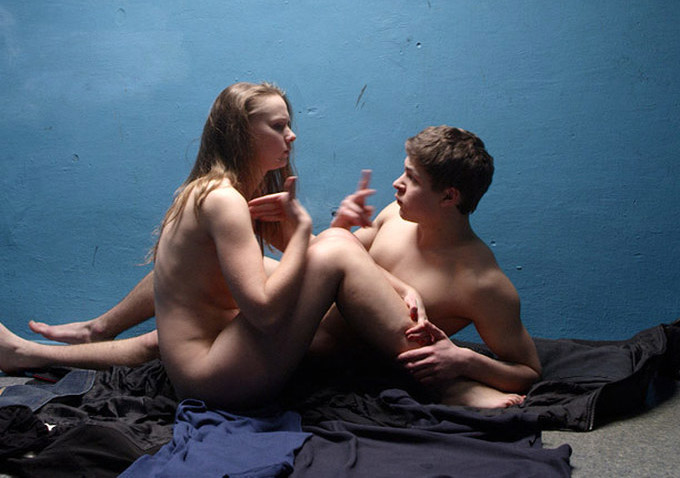
"The Tribe"
On paper, it's an incomprehensible pitch. Miroslav Slaboshpitsky's "The Tribe" is set in a distressing Ukranian all inclusive school for the hard of hearing. It's told in gesture based communication, without voiceover or subtitles. Were it not for solid exhibitions improved by nuanced non-verbal communication, the noiseless film may be an unendurable watch, yet as the circumstances develop and the stakes start to rise, the characters every interpretation of complex measurements.
Their associations are bolting; you're tasked with deriving meaning and substance from occasions you can't comprehend, put something aside for their overall enthusiastic streams, running from distress to frightfulness to energetic affection. It's a testing exercise in semiology that pushes the true to life medium to its utter cutoff points.
2. Shooting a 140-minute single long-take.
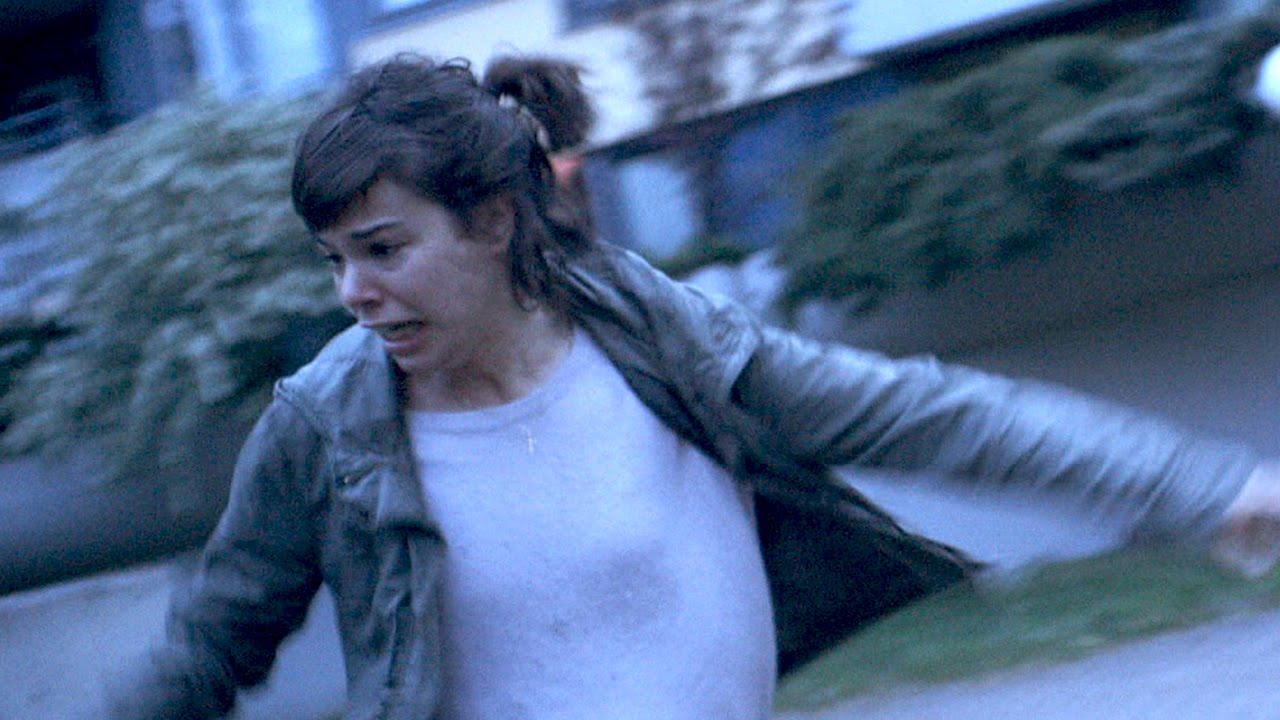
"Victoria"
In the event that an existence adjusting terrible choice is the result of numerous littler ones, "Victoria" is the arresting excursion through that chain of occasions.
Sebastian Schipper shot this adrenaline-powered experience of a night in Berlin that finishes in a bank theft in one single 140-moment take. To get financial specialists on board, he guaranteed to convey an arrangement B contained bounce cut takes, however after three 4:30 a.m. to 7 a.m. one-take shoots, Schipper knew he had the motion picture. The solid naturalistic exhibitions, especially from leads Laia Costa and Federick Lau, are significantly more amazing considering they were working off a twelve-page script; while ad libbing, they needed to stay perceptive of the camera's developments crosswise over 22 areas, at the same time mindful that one failure to comprehend the issues at hand could cost the creation a whole night's work.
However imposing the specialized ability, it vanishes from the cognizant experience of watching "Victoria" very quickly. What remains is the thing that must be depicted as the uncanny experience of a terrible excursion that uncovers itself as reality in the light of day. As the choices fold into one another progressively, a feeling of exasperating submission to the inevitable develops. It's the kind feeling that could just have ascended from an immersive, nightmarish 140-minute long-take.
3. Shooting on an iPhone 5s.
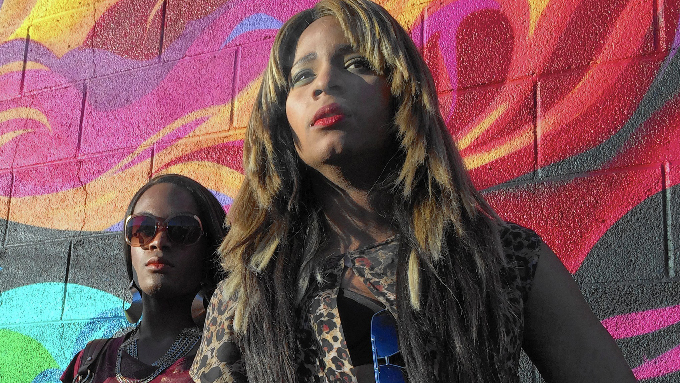
"Tangerine"
The way that Sean Bread cook's "Tangerine" was shot on an iPhone is basic learning — actually, you might just know "Tangerine" as "that iPhone motion picture" — however the executive's ambitious endeavors have yet to be coordinated. Prior to this motion picture, executives who recorded on iPhones were viewed as impeded by specialized confinements; Dough puncher without any help transformed our third hand into a true to life instrument. His apparatus comprised of a $8 application called Filmic Genius which gave control over center, gap and shading temperature, a Steadicam and a Moondog Labs anamorphic connector, which permitted Bread cook to change the viewpoint proportion. The little and unhampered apparatus managed the group an one of a kind sort of expertise which they used to full impact, taping scenes while riding in circles on a bike and utilizing some guerilla-style shooting strateg
Whether others will effectively stick to this same pattern stays to be seen, yet one thing's for sure: daring people such as Bread cook are our just any desire for surviving and adjusting to the difficulties of a realistic scene in flux.
4. Shooting entirely in close-up.
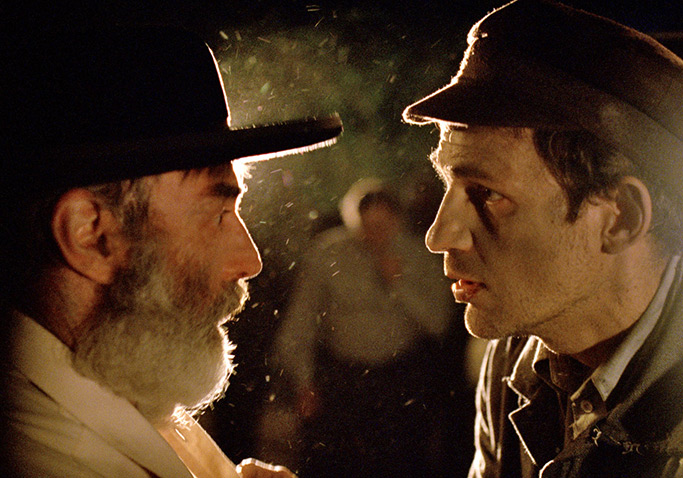
"Son of Saul"
To watch "Child of Saul" is to spend about two hours in hellfire. In that capacity, it's dissimilar to any Holocaust film in presence. Missing are the melancholic clearing wide shots of "The Piano player" or the more endurable omniscient story of "Schindler's Rundown." Rather, László Nemes has made the solitary claustrophobic experience of life in Auschwitz by shooting completely in close-u
Like the detainees' experience, numerous arrangements in the film are without clear importance. Like the detainees' experience, there is no snippet of respite. Like the detainees' experience, "Child of Saul" is an unfazed arrangement of repetition tasks punctuated by disorderly and aimless demonstrations of savagery and murder. Like the detainees' experience, the will to survive is the film's ammo. The nonattendance of wide shots is perplexing, particularly amid scenes, for example, inside the gas loads and discharge pits brimming with copying bodies, where having the capacity to see the environment would give some alleviation from the nearsighted point of view. In any case, Nemes declines to convey, rather fabricating the sound outline to fill in the horrendous scenes. With "Child of Saul," Nemes has made an unparalleled demonstration of the experience of Auschwitz that ought to be required survey for each person.
5. Unleashing 250 stray dogs onto the streets of Budapest.
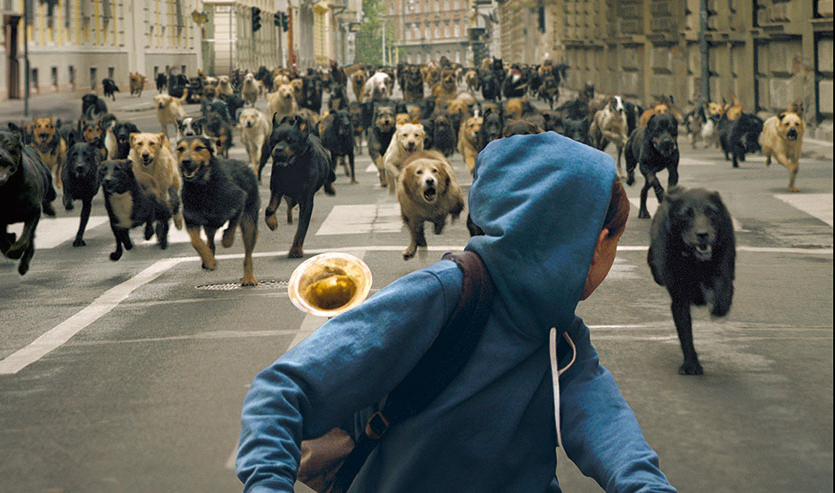
"White God"
"Go for broke. Attempt to discover not picked ways...If you simply make an item, then it's silly. You require soul and you require hazard. You have to discover your direction." That is the thing that "White God" executive Kornél Mundruczó told Indiewire not long ago when we identifies with him about his striking choice to unleash 250 stray and protect puppies onto Budapest — without the assistance of CGI
At the point when Mundruczó set out to make the film, everybody thought the stunning grouping of many mutts going through the boulevards would be difficult to finish without the assistance of a PC, however Mundruczó is out of this world obstinate. He enrolled a standout amongst the most refined puppy coaches on the planet, Teresa Mill operator, to spend a large portion of a year preparing his two lead puppies to act. He demanded arranging the mind blowing road arrangement, which plays like a youth fever dream. Mundruczó's dedication to verisimilitude increases the film's symbolic structure: The pooches speak to a disappointed populace in strife with a dictator society.
6. Shooting a wilderness epic using only natural light.
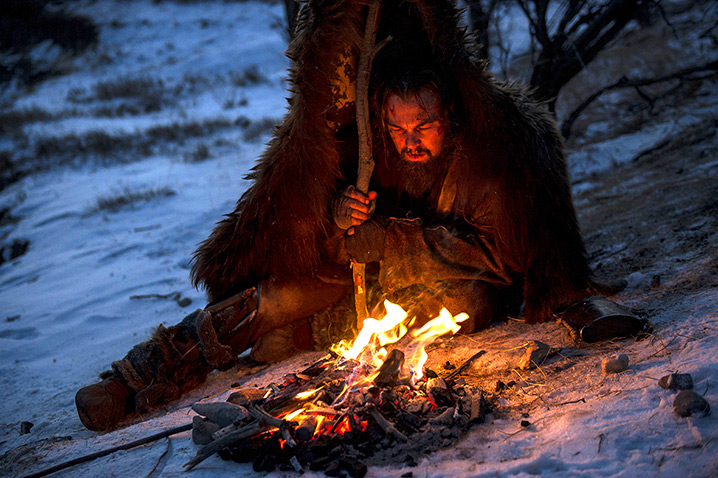
"The Revenant"
Alejandro González Iñárritu might be known for pushing limits, however "The Revenant" denote his most bold wander yet. The cast and group continued what must be portrayed as a crazy generation at the command of its visionary executive, who kept up that the whole film, shot in the most remote areas of English Columbia, be recorded utilizing just normal light.
As a result of the fierce conditions and out of reach nature of the areas, the group needed to stay over an hour's drive from the set. Intensify that with the incline days of the Canadian winter and you're left with 90 minutes of suitable shooting time every day. In these brief periods, the group performed deeds of amazing versatility and exactness. They pulled off long-bring fight scenes with many additional items, crossed super cold waterways, overcame savage snowstorms, and adjusted to many impediments, any of which debilitated to invalidate their endeavors. Thankfully, Iñárritu's journey was not futile. Every casing of Emmanuel Lubezski's dazzling cinematography is a miracle, and every moment of the film feels like a veritable battle to get by even with sensational mother earth.
7. Filming while banned and arrested in Iran.
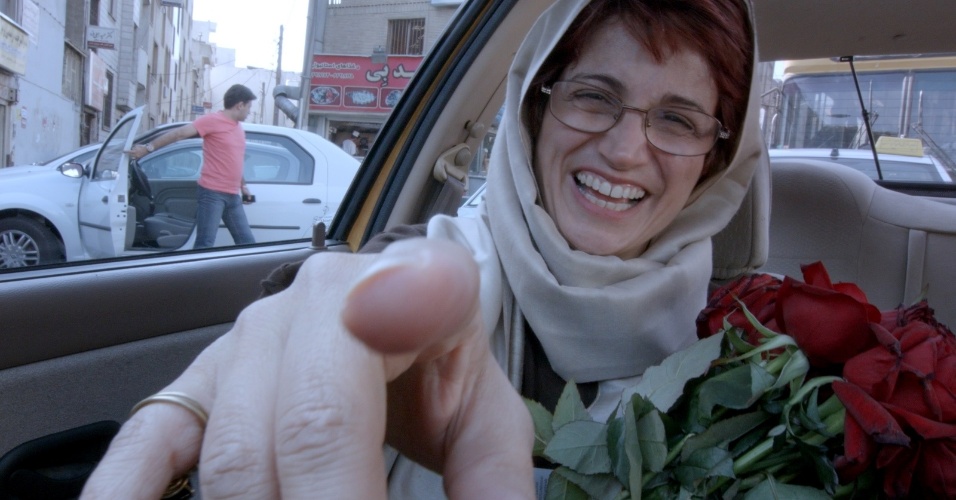
"Taxi"
Jafar Panahi's whole filmography is one titan demonstration of contradiction. In 2010, the executive (alongside his wife, girl and fifteen companions) was captured and accused of promulgation against the Iranian government inferable from the substance of his motion pictures. Be that as it may, regardless of being sentenced to a 6-year correctional facility sentence on top of a 20-year restriction on making motion pictures, doing interviews and leaving the nation, Panahi's innovative soul can't be tamed.
To the administration's mortification, Panahi has made three movies in his present circumstance: "This is Not a Film," which was pirated out of the nation in a cake; "Shut Window ornament," a quick work of docu-fiction; and now "Jafar Panahi's Taxi," which sees Panahi drive a taxicab through the roads of Tehran, experiencing a zoo of travelers. Shot from a camera altered to the dashboard, "Taxi" shows Panahi's trademark twisted sensibility; the film, account shrouded in narrative, navigates divergent storylines yet focalizes upon focal topics. Panahi conveys levity to the subject of oversight. He uncovers the silliness of the administration, with its deceptively inflexible religious measures that have constrained Iranians to live in a world that challenges judgment skills. As each quirky character brings an alternate situation to light, a photo of a beset yet confident society rises — one whose strong residents, as Panahi, find imaginative approaches to look for their internal truth.
1/6/2016 | | Permalink
